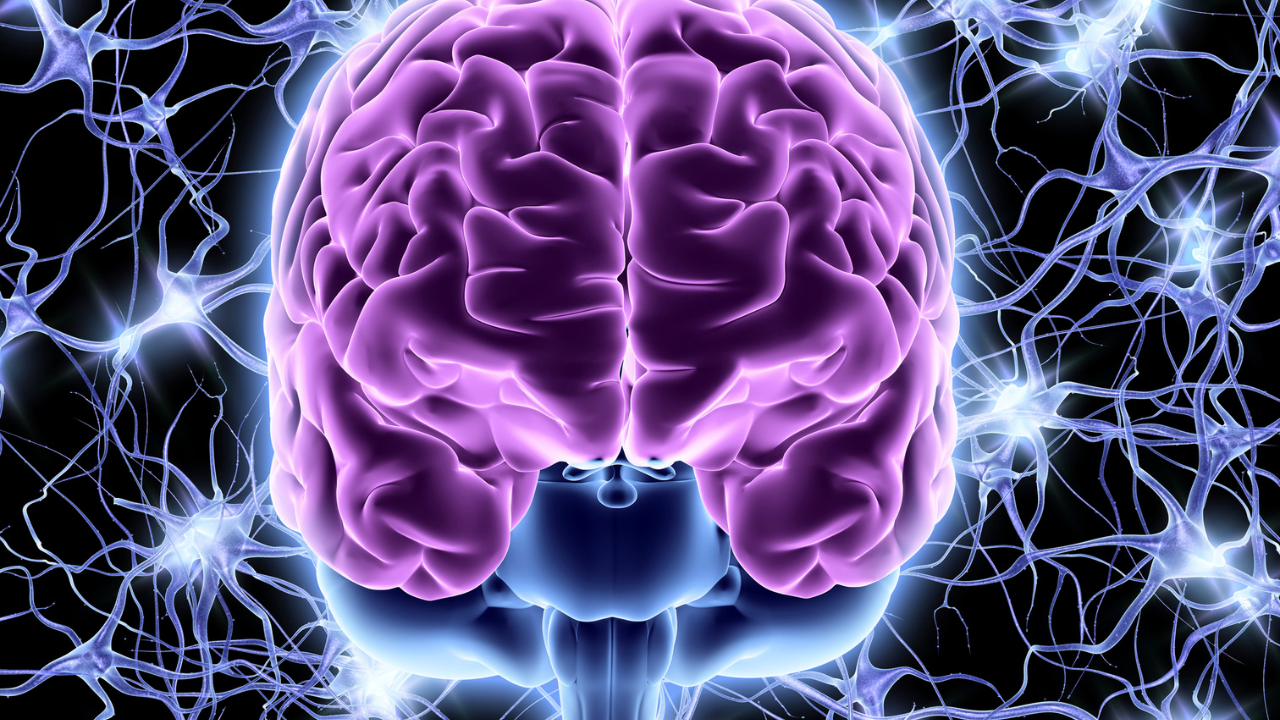The Conditioned Nervous System (PART 4)
Oct 03, 2022
A trauma-sensitive perspective on abuser/abused, victim/narcissist
This is part 4, please first refer to part 1, part 2 & part 3 before reading. (Click the highlighted link)
In assisting someone in healing from the position of a victim it is absolutely essential to help them get in touch with their rage and anger, as previously mentioned the qualities of rage when fully contained and embodied are power, strength, autonomy, certainty, will etc.
When we feel connected to our strength and our power we are able to set sufficient boundaries, integrated anger is what makes No mean No, it is what gives us the strength to say ENOUGH and then follow through with appropriate action.
Fully stepping into anger brings us out of a dorsal vagal shutdown into a more healthy sympathetic response to a situation where we are being abused.
The most efficient way I have come across in assisting someone out of the please appease response is to work directly with rage. When fully felt it is like a fire that burns through the collapse, people can stand up straighter and feel themselves and their presence as a force to be reckoned with.
This reconnection to their power may give them the ability to walk away from the abusive relationship, it may give them the ability to set appropriate boundaries and find a sense of individuation from the person they have been in relationship with.
What can happen from here is we can assist the person in touching on the sense of helplessness that has been created by the abuser in a very contained, safe, controlled and resourced way.
HAVE YOU GOT THE ULTIMATE TRAUMA THERAPY CHECKLIST YET??--
When we assist them to safely meet and connect to the felt sense of helplessness they can meet the needs of that wounded child, they can give adequate love and attention to this part and embrace its vulnerability within the context of a safe therapeutic relationship.
This part can show up like a child who has been taken advantage of, is completely at the mercy of the moment, scared and helpless, but through the therapeutic process slowly learns it may be safe to show themselves.
If we have assisted someone in gaining the capacity to stay connected and present we can meet this pain directly and help it to metabolize.
What happens here is the person finds a sense of wholeness, the vulnerability of the helplessness and the power of the rage become a seamless unity and instead of being two splintered parts they integrate back within to the wholeness of personality, eventually we can be vulnerable whilst the same time not disconnecting from our sense of power.
There are many defenses that keep someone from taking this journey, many unconscious secondary gains, fears, anxieties and insecurities that can keep someone from even accessing these core emotions which govern these relational dynamics.
Of course, I am only scratching the surface of the work required in this scenario and it can take many years and constant work in order to re-pattern and resolve these imprints within the nervous system, though there is always progress and less and less we find ourselves falling victim to these reactions in our daily lives.
As I have stated many times in my experience healing is an ever deepening process of refinement and reorganization of the nervous system with no end point, when working with myself or others the orientation is not based on goals or ideals.
Want to work with us?
If you're a Coach, Therapist, Healer or Someone in the Industry CLICK HERE
Want to Deepen your own Healing Journey or become a Practitioner CLICK HERE
There are far too many factors which will make up the subtle and unique differences within each situation to cover in one article. I would need to write a very dense book to do that. My intention is not to give a detailed or absolute map of how to help someone in these situations as different circumstances call for different approaches.
As with all my articles my intention is only to offer the insights I have gained into the nature of trauma and how to work with it, and perhaps assist the reader in gaining their own insight into either their own experience or their clients experience.
The insight I am offering is that the dynamics of perpetrator and abuser within the realm of relationships always follows this theme of rage/control and helplessness/victimhood, it is in the integration and metabolization of the pain within these parts which brings about healing, integration and individuation on both sides.
My personal conclusion is that the cycle of perpetrator and victim is a symptom of developmental trauma on both sides of the equation.
I personally struggle with words like “narcissism” as I believe it is a damaging diagnosis that focuses primarily on the symptoms and it also creates an identity label through which we view the other person, labels like this cause us to continue to identify the person with the behaviour and glue our attention to the surface phenomenon, but for the purpose of clarity and resonance I have used the word in these articles.
As I stated last week as healers and practitioners we need to learn to look below the surface and work directly with the underlying parts that are imprinted within the nervous system.
There are 4 parts to this article, please see part 1, 2 and 3.
Peace & Blessing,
Matt Kay (Co-Creator of Embodied Processing)
Want to work with us?
If you're a Coach, Therapist, Healer or Someone in the Industry CLICK HERE
Want to Deepen your own Healing Journey or become a Practitioner CLICK HERE
